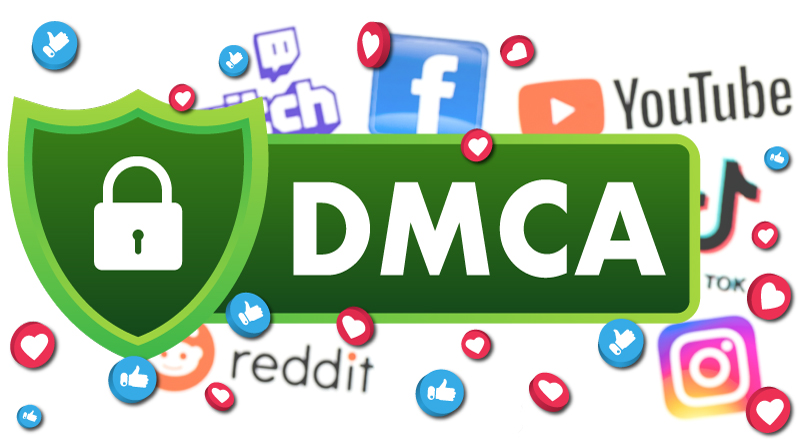Websites or apps that allow users to sign up and contribute original work are very common. YouTube, TikTok, and other similar service providers have an ever-increasing number of members and a staggering number of uploads and contributions. At any time, any upload by any user can be material that doesn't belong to them. If the service providers personally vetted every single upload, there's no way they could stay online. This is where the Digital Millennium Copyright Act comes in.

The Digital Millennium Copyright Act (DMCA) is a copyright law established in 1998 that addresses the issue of how copyright infringement should be handled when it comes to “content aggregators,” websites that host uploaded media from registered users.
Have you ever gone to view a video on YouTube or another media platform only to get the message that the video had been taken down due to copyright? This is the DMCA at work. Service providers establish a set of rules that their users must abide by, along with the consequences of breaking those rules. This typically comes in the form of terms and conditions that a user must agree to in order to register. This process grants the service provider what is called safe harbor. When a user commits copyright infringement, the service provider is protected from liability as long as they take action against the offense when required.
For example, if someone uploads a feature-length film to YouTube, and the company that created the film discovers this, they can send YouTube a takedown notice. YouTube would then remove the offending video and notify the user who uploaded it.
But, of course, these notices are not infallible. Someone on the receiving end of a takedown notice is permitted to send a countering notice to insist the work belongs to them and that they have the right to display the work.
Takedown notices are not restricted to content aggregators, either. They can be received by individuals hosting their own websites, as well. So it is important to understand what you do and do not have the right to include on your website.
To test your understanding, complete the activity below.
What is the DMCA?
What are content aggregators?
What does the term safe harbor mean?
What is a takedown notice?
| Your Responses | Sample Answers |
|---|---|
| DMCA stands for Digital Millennium Copyright Act, and it is a copyright law that addresses the issue of how copyright violations should be handled by websites that host uploaded media from registered users. | |
| Sites or platforms that allow registered users to upload and share media. | |
| Safe harbor is a legal term/provision that means the content aggregator is protected from legal liability when a DMCA violation has occurred as long as they take action against the offense when required. | |
| A takedown notice is a notification of a DMCA violation to a content creator, prior to the removal of the violating content. | |
